Thailand’s critically endangered dugongs keep dying and humans are to blame

Mariam the dugong being cared for by park officials and veterinarians from the Phuket Marine Biological Centre on Libong island. (File photo: AFP/Sirachai Arunrugstichai)
KOH LIBONG, Thailand: For as long as any local villager remembers, dugongs have found a home in the waters around Koh Libong, an island in the Andaman Sea. Drawn to the vast fields of seagrass close to shore, they are a common sight for fishermen. But there was something special about Mariam.
She was a young dugong brought to the area by marine officials hoping to rehabilitate her, after she had repeatedly stranded herself ashore on the coast of Krabi. She was lost and alone, with no mother in sight. Her helplessness activated a communal caring.
Mariam would become akin to a child for officials and locals who spent more than 100 days nursing and caring for her in the wild, the first time such a thing had ever happened in Thailand with a dugong. She would swim close to shore, seeking out human contact and following an orange rescue boat like it was a parent.
“She sucked milk like she was a baby. I saw her development. She stayed with humans. She’s like a baby that came to live with us,” said Chaipruek Wirawong, the head of Koh Libong’s no-hunting area for the Department of National Parks Wildlife and Conservation (DNP).
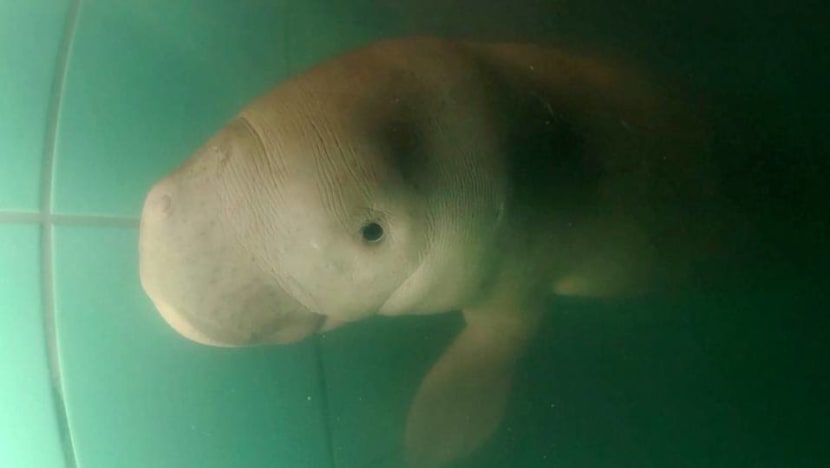
“We raised her and we had a bond with her. We saw her cuteness when she ate, slept, stayed, became accustomed to be with humans, played and slept on our laps,” he said.
READ: Thailand's orphaned baby dugong becomes conservation star
This “cuteness” would make Mariam a national phenomenon. Daily reports of her health improvement - or setbacks - were eagerly consumed across Thailand. So when she died, in August, it seemingly left a mark on the entire country.
“Everybody loved her. It wasn’t only the people who saw her on social media. People who surrounded her, or nursed her, gave her their hearts,” said Dr Patcharaporn Kaewmong, a veterinarian from the Phuket Marine and Coastal Resource Research & Development Institute, which was centrally involved in caring for Mariam.
“There was determination and hope. There was faith in her and in people that worked together. We are all sad. We did not think that it would lead to that point. But she died faster than we thought.”
When an autopsy was performed, there was alarm at what was found inside Mariam’s stomach - a shocking amount of plastic.
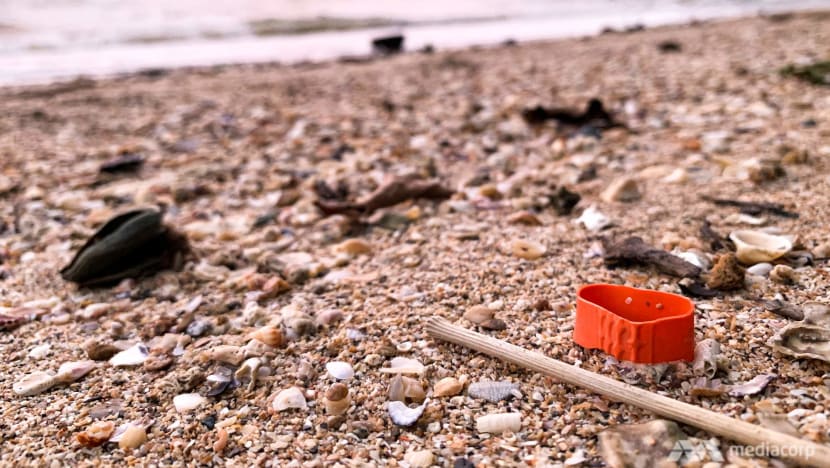
“Actually, we had never previously found plastic in the same amount that Mariam had. In her case, we found that it blocked her colon, making excretion harder, which afterwards caused an infection,” Dr Patcharaporn said.
READ: Beloved baby dugong 'Mariam' dies in Thailand with plastic in stomach
Mariam would not be the last dugong to die in what has become a grim year around the shores of Koh Libong. In 2019, 21 dugongs have so far been found dead in Thai waters, primarily around the provinces of Trang and Krabi. It reflects about 10 per cent of the estimated entire dugong population of the country. Dugongs are a critically endangered species.
While dugongs perish every year, 2019 has been abnormally deadly, with the highest casualty count ever recorded in Thailand. The reason, experts generally agree, is the impact of humans on the delicate environment these sea mammals depend upon.

‘WE NEED TO DO SOMETHING’
In early October, fishing nets were to blame for the 21st dugong death of the year, a young female that drowned off Krabi. It is a common tale in these waters.
READ: Dead whale in Philippines had 40kg of plastic in stomach
READ: Sperm whale washed up in Indonesia had plastic bottles, bags in stomach
The DNP estimates that about 80 per cent of Thai dugong deaths are due to entanglement in fishing nets. “They need to come up to breathe every five to 10 minutes because they are mammals and breathe using lungs. If they are trapped by the gear, they will suffocate, drown and die,” Chaipruek explained.
Fishing is banned close to shore where dugongs feed and patrols are done to prevent incursions or illegal activity. It has not proven to be effective enough.
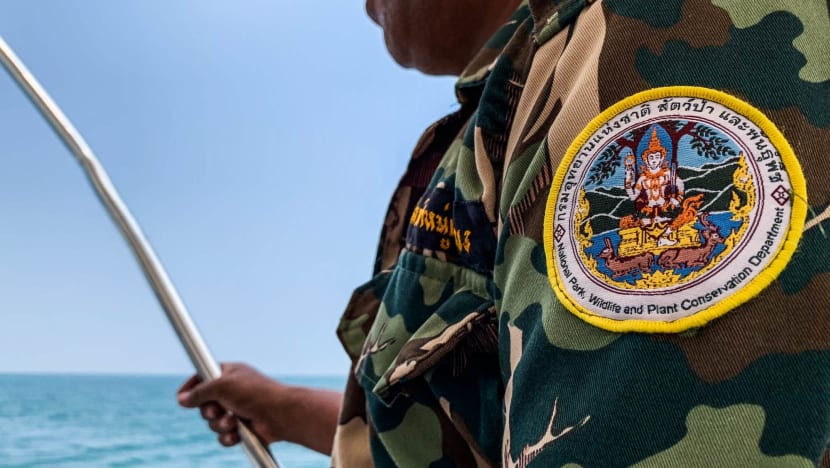
Increasingly, contaminants in the dugong’s environment, including plastic scraps, marine debris and seeping waste water, appear to be contributing to the casualty rate. With dugongs being at the top of the sea food chain, their health is seen as intrinsically connected to the abundance and vitality of the local environment.
After the death of Mariam, the Koh Libong community has united to try and ensure the dugong habitat can be sustained, even if the issue is not all of its own making. The island only has a population of a few thousand, mostly of rubber farmers and fisherfolk, but a national spotlight has been thrust upon them. They see it as an impetus and an opportunity.
There has always been coexistence, the chief of Koh Libong, Abdulrohim Khunraksa, explains, but only recently have locals been enacting plans to protect what is a symbol of their home.
READ: ‘Inconvenience stores’ help Thailand turn green amid plastic crisis
“Everybody is now the mouthpiece for dugong conservation,” he said. “When they find dugongs, either the ones that wash up on shore or the injured dugongs, they will notify the leaders of the community so they can give aid. Everybody gives priority to this conservation.
“And the new atmosphere that happens in the community is that we have students and youths who have started a conservation group to survey seagrass. Another thing is that the work to prevent the dumping of waste into the sea is also more intense.”
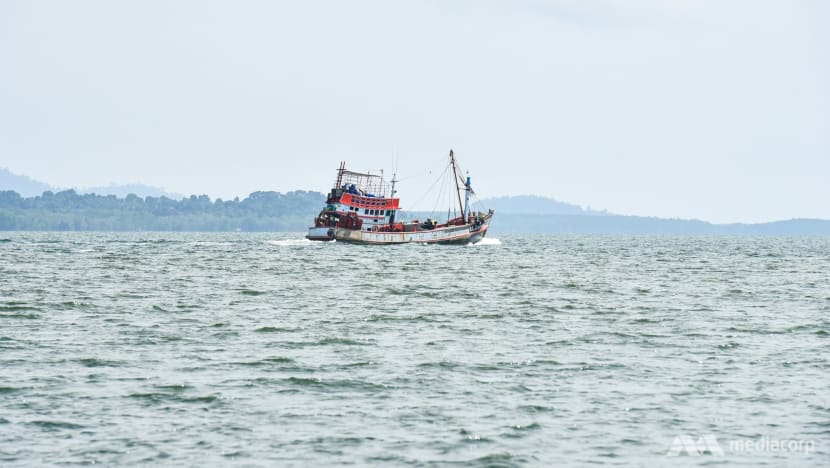
Pictures of dugongs can be seen painted as murals on the island’s schools. And the plight of Mariam has encouraged locals to pay more attention to plastic and waste. An islandwide ‘Big Cleaning Day’ will now take place twice a year, instead of once.
The Dugong Protect Group is a local volunteer organisation that cares for dugongs and helps manage the critical seagrass beds, which not only provide food and shelter for marine life but help maintain water quality and clarity. Its influence is spreading.
Suwit Sarasit became involved with helping to feed Mariam when she was struggling to cope in her new natural habitat. The experience had a profound emotional impact on him.
“I have seen a lot of cases but the majority of them were dead cases. I just made an assessment of the animals, and sent off the carcasses. The mission ended. But in Mariam’s case, I felt the bond, like bonding as if she was my baby,” he said.
“For me, I did not care about the marine debris before but now I collect it. Even when other people don’t collect it, I do it. And we have to do it continuously.
“This has made us stand up and do something. It isn’t only about Mariam but there are still other dugongs. We need to do something,” he said.

Tourism also now has bright potential on Koh Libong, a rare economic opportunity for villagers. Linda Tonwitsa runs a small agency on the small road close to the entry port to the island. Her main offering is boat trips to try and spot dugongs feeding on the sea grass around the idyllic coastline.
But even with this new opportunity, there is concern about its sustainability. Simply put, it is becoming harder to find dugongs.
“I have lived with the dugongs since I was a small child. I consider this as very lucky,” Linda said. “And, everything in Koh Libong is original and abundant.
“(But) if I am to compare, I saw them more back then because now there are fewer and fewer of them.”
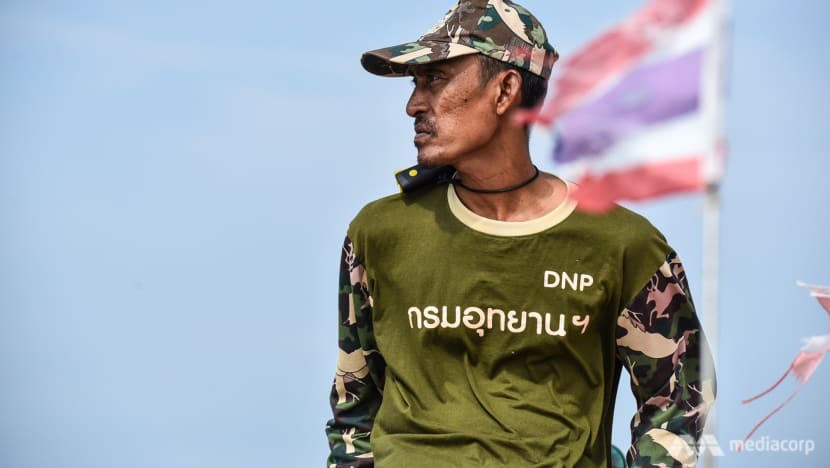
‘DO NOT LET THIS HAPPEN AGAIN’
Nationally, there are bigger plans underway to ensure the survival of the few hundred dugongs in Thailand.
When Mariam died, Thai Prime Minister Prayut Chan-o-cha held a dugong figurine in his hand while proclaiming that it was the duty of all Thais to prevent plastic ending up in the environment.
READ: Among world's worst polluters, ASEAN vows to tackle ocean waste
“It is pointless to blame the government when sea animals die due to marine waste. This issue is everyone’s responsibility,” he said.
It is a major challenge. Thailand is the fifth biggest contributor in the world to ocean waste. Thailand’s Pollution Control Department reported last year that the country uses 45 billion plastic bags annually, 6.8 billion styrofoam food containers and 9.8 billion single-use plastic cups.

The government has announced a ban on the production of three different types of harmful plastic, including microbeads, without making any pledge on outlawing single-use plastics.
READ: Major Thai stores to stop giving out plastic bags by 2020: Minister
“Please, let this event stop at Mariam for the last time. Do not let this happen again. Please help. Everyone should collect garbage. Do not throw litter because every time littering is different. Imagine that it can kill many more creatures that we never expected,” Environment Minister Warawut Silpa-archa posted in a statement on Facebook.
The government also has more specific dugong protection measures in mind, including a long-term masterplan project dubbed the Marium Action Plan designed to make Koh Libong the ASEAN centre for dugongs, which would involve death prevention plans, patrolling, treatment plan for ill animals and information campaigning.

The 1+11 Dugong Project would create 12 conservation zones modelled on Libong, where certain fishing equipment would be banned and sea grass areas expanded. Within three years, it is hoped the local dugong population could reach 280.
Dugongs have been protected since 1992, and while extinction is unlikely, according to Dr Patcharaporn, they remain highly vulnerable. Human behavior will have a huge say in the future dugongs might enjoy in the years to come.
“For Mariam, we found that there’s a threat from humans, which shouldn't happen,” she said. It’s like the lesson that teaches us, make us realise that we are one of nature’s destroyers. The seas are like a big bin. Whatever we do, it has impact to the seas.”














